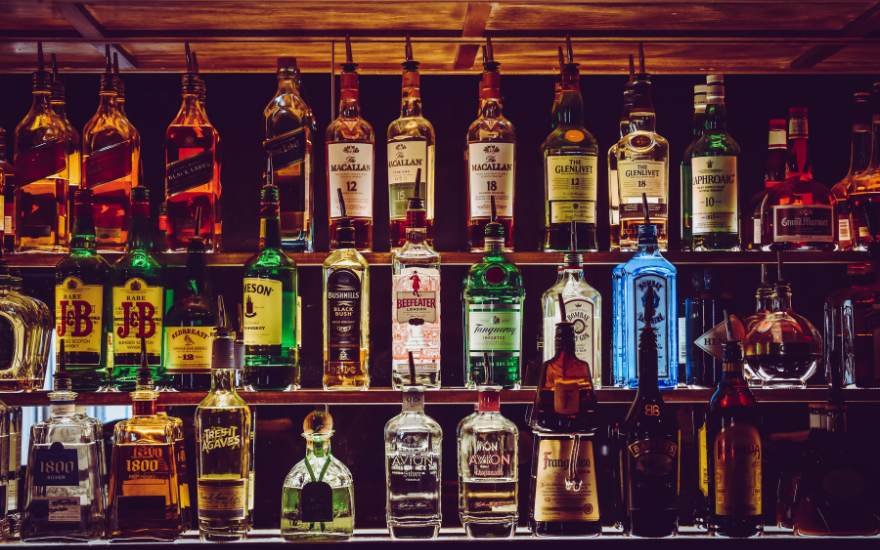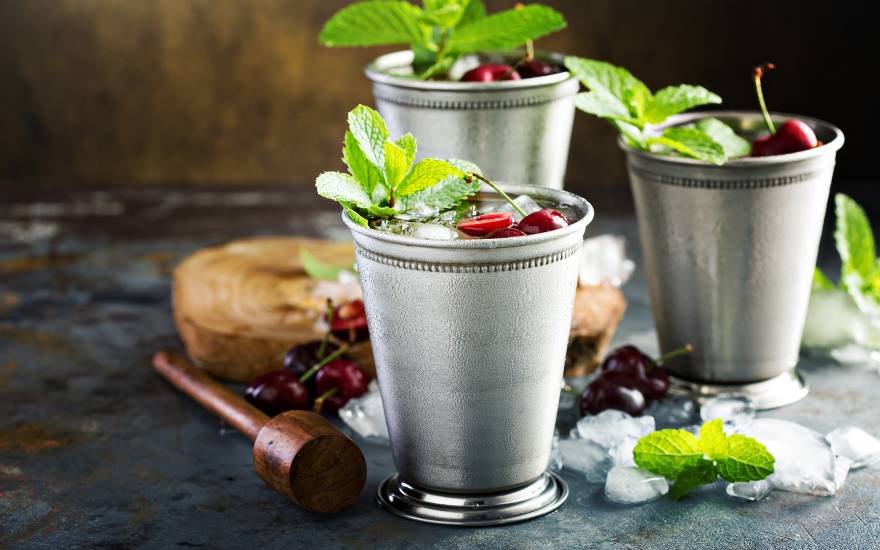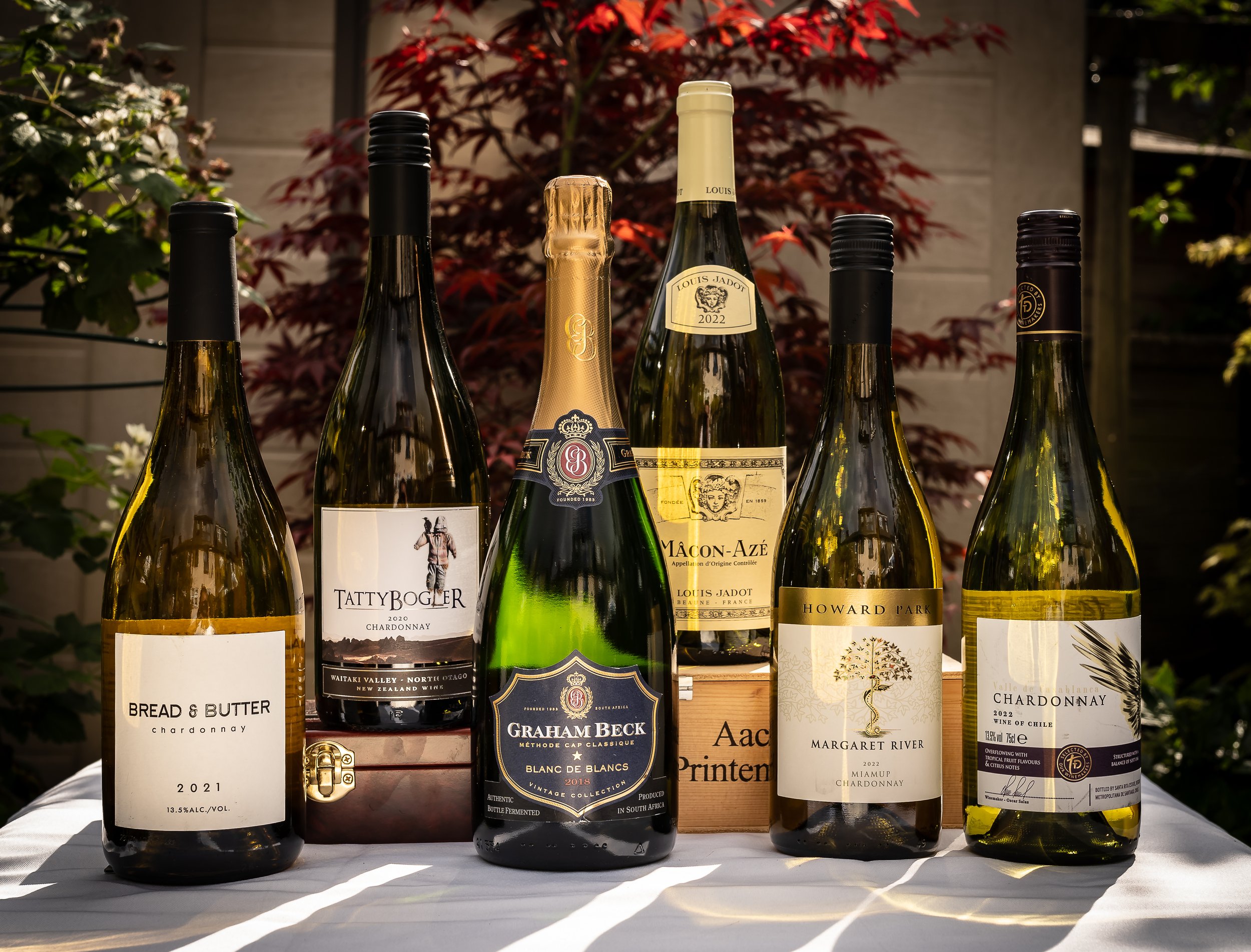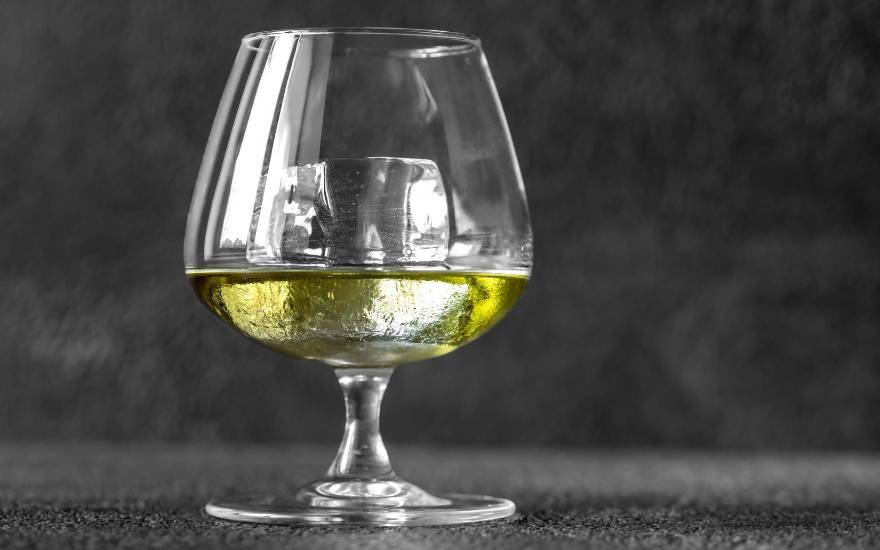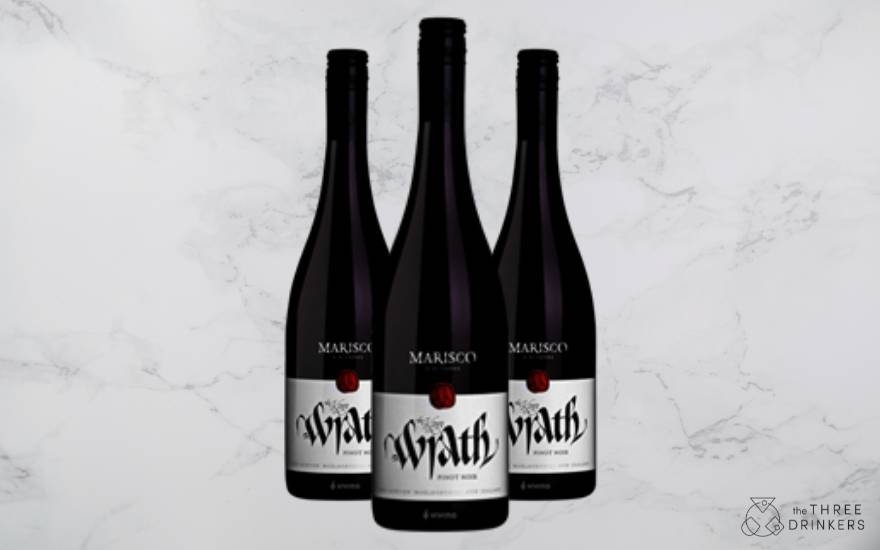‘Grape or grain, but never the twain’
‘Beer before liquor, never been sicker; liquor before beer, you’re in the clear.’
‘Bier auf Wein, das laß sein - Wein auf Bier, das rat' ich dir.’
‘Bière sur vin est venin, vin sur bière est belle manière.’
There are all kinds of sayings and phrases from across the world about which order you should drink different styles of alcohol in, or whether you should even mix at all. Are there certain combinations that cause sickness, or is it all a myth? Let’s get to the bottom of it.
Why can alcohol make you ill?
The popularity of phrases like these probably stems from just how universally horrible a bad hangover can be. The idea that you can follow a one-line rule or avoid certain drinks in certain orders is comforting, because it means a hangover can be avoided next time. They’re also born out of coincidence. A fellow drinker may advise you to drink in a certain way because when they did that, they were fine the next day – but it’s far more likely that it wasn’t the order of drinks that helped them, but something else like food, water, speed of consumption etc.
The truth is, alcohol irritates the stomach lining, increases acid release, and causes inflammation. Basically, the body doesn’t like alcohol. As a result, too much of it and its reaction is to expel it and make you feel uncomfortable so that you avoid drinking more. It’s looking out for you, even if it doesn’t feel like it when you’re hunched over a toilet.
What causes a hangover?
But, even if you make it through the night unscathed, you have the morning hangover to contend with. Alcohol increases urination and triggers an excess loss of fluids – this dehydration results in fatigue, headaches, and thirst. Building on that, your sleep quality will be much poorer, so you’ll also feel tired from this.
Alongside dehydration, you have ‘acetaldehyde’ which forms when the liver breaks down alcohol. This is toxic which also exacerbates symptoms. The livers breaks alcohol down at a rate of 10ml of pure alcohol each hour – which is roughly a single shot of vodka in the UK. Exceed this, and your body struggles to keep up.
Congeners are also in drinks – these are compounds other than ethanol, like methanol. They break down into other toxic compounds and are shown to increase hangover severity.
Finally, alcohol also affects cytokine concentrations in the immune system, and studies show that these create hangover-like effects also.
The combined effects of the above creates the hungover feeling. Now, whilst some of these effects will be completely unavoidable if you drink large quantities of alcohol, does the type or order of your drinks affect how the severity of your hangover?
Is it bad to mix your drinks?
Researchers from Witten/Herdecke University in Germany and the University of Cambridge did thorough experiments involving the order of drinks and whether it affects hangovers. They had groups drink either just beer, just wine, or beer then wine, or wine then beer. Then they swapped all the groups around and ensured everyone drank the same amount of water for their body weight so that the only variable was the style of alcohol drunk.
The result? It made no difference. None at all. They only found that women tended to have slightly worse hangovers, and that perceived drunkenness (irrespective of drunkenness) made a slight difference. In other words, if you believe that you’re extremely drunk, you’re more likely to feel worse.
There are some arguments that mixing drinks can cause nausea, but this is far more down to personal taste and inhibition. By this, we mean that if you stick to relatively low-alcohol beers that you enjoy the taste of, you are less likely to feel sick than putting yourself through a foul-tasting high-alcohol shot – the sudden discomfort of which may trigger nausea.
Are certain drinks better for avoiding hangovers?
In short, no. It’s all about how much you drink and how fast. However, there are things called ‘congeners’. These are substances produced during fermentation other than ethanol/alcohol e.g. acetone, fusel oil, tannins, ketones, esters etc. and artificial inclusions like flavourings and sweeteners.
Something like Bourbon whisky is believed to contain 37 times the quantity of congeners as vodka, a cleaner more neutral spirit. The evidence is far from conclusive, but clear drinks such as white rum, gin and particularly quality vodka have less of these and create milder hangovers. It’s believed that the more distilled something is, the less congeners are in it (generally). This theory is why some drinkers believe that pure, top-quality liquors don’t give bad hangovers like ‘cheap and nasty’ liquors.
Why? Well, some researchers suggest it makes breaking down alcohol more difficult because the body can’t fully focus on breaking down ethanol, meaning alcohol and byproducts linger. Further to this, they may also stimulate stress hormones and inflammation.
Do different types of alcohol get you different types of drunk?
This also falls within the ‘old-age wisdom’ bracket, but again, the answer is no.
There is no evidence that tequila makes you dance, or whisky makes you aggressive or anything else. Any perceived differences come from the strength of the alcohol, the reputation of the drink, the context in which it’s consumed and your personal history. For example, if you had tequila once and happened to dance a lot that night, the next time you have tequila, you’re already preparing yourself for the same feeling… which can actually trick you into believing the effect is real. It’s all in your head. The brain is a funny old thing.
How to avoid a hangover
· It’s obvious but worth stating. By far and away the most powerful factor when avoiding hangovers is the amount of alcohol consumed. Drink less, feel better. The same goes for the rate of consumption.
· Food in the belly slows absorption and minimizes sickness.
· Alternating alcoholic drinks with a glass of water can help stave off dehydration. Or even better is if you can intake electrolytes which are lost during urination.
· Once the hangover has hit, it’s only really Father Time that can help. Having said that, medicines like paracetamol and stronger similar tablets can ease headaches and replenishing liquids and electrolytes is important. A proportion of hangovers are also mental, which is why distracting sensations such as cold-water swimming can help.
If you fancy swerving any risk of a hangover, then how about exploring No-Lo drinks here? They just get better and better.

